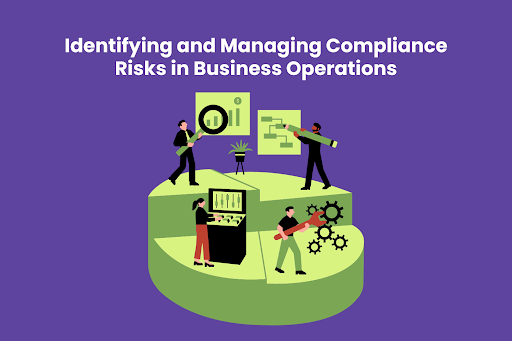
When it comes to choosing a remote access solution for your business, there are several factors you need to consider. One of the most important is whether you will be using it internally or externally. You’ll also want to think about how secure the connection needs to be, and how easily it can be established. Finally, you’ll need to consider the cost of implementation. Let’s take a closer look at each of these factors.
Internal/external use
If you’re only going to be using your remote access solution internally, then you have a lot more flexibility in terms of what you can choose. However, if you need to be able to connect to your work network from outside the office, then you’ll need to make sure that the solution you choose is compatible with that. When determining what kind of remote access for your business will you get, it all comes down to what you need it for. For example, if you need to access files on your office computer from home, then you’ll need a solution that allows you to do that. But if you just need to be able to check your email from outside the office, then a more basic solution will suffice.
Most remote access solutions will work fine for internal use, but you’ll need to check that they will work with your specific setup if you’re planning on using them externally. If you’re not sure, then it’s always best to check with your IT department or the provider of the remote access solution. They’ll be able to tell you whether or not it will work with your setup. Most importantly, they’ll be able to tell you whether or not it’s secure. In some cases, the security of your remote access solution is more important than its compatibility. This is especially true if you’re planning on using it to access sensitive data.
Launch Microsoft Office Outlook Ink Security
When it comes to security, there are two main factors you need to consider: the security of the connection and the security of the data. The first is important if you’re using a public Wi-Fi network to connect to your work network. You don’t want anyone else to be able to intercept your connection and see what you’re doing. If you’re using a private network, then this is less of a concern. However, you still need to make sure that the data being transmitted is encrypted so that it can’t be intercepted and read by anyone who shouldn’t have access to it. The best way to ensure this is to use a Virtual Private Network (VPN).
A VPN will encrypt your connection so that anyone trying to intercept it will just see gibberish. Additionally, most VPNs will also encrypt the data being transmitted, so even if someone does manage to intercept your connection, they won’t be able to read it. There are many different VPN providers out there, so you’ll need to do some research to find one that’s right for your business. If you’re not sure which one to choose, then you can always ask your IT department for a recommendation. They can determine which VPN will work best with your existing setup.
Connection establishment
Another important factor to consider is how easy it is to establish a connection. If you’re using a VPN, then this should be relatively simple. All you need to do is install the VPN software on your computer and connect to the VPN server. However, if you’re using another type of remote access solution, then the process may be more complicated. You may need to configure your router or firewall, and you may need to know how to use different types of networking software. If this is the case, then it’s important to make sure that you have someone on staff who knows how to do this. Otherwise, you may find yourself unable to connect when you need to.
If you’re not sure whether or not you’ll be able to establish a connection, then it’s best to check with the provider of the remote access solution. They should be able to give you instructions on how to do this. The process of connecting to a remote access solution should be relatively simple. However, it’s important to make sure that you have someone on staff who knows how to do this, just in case.
Cost of implementation
Finally, you’ll need to consider the cost of implementation. This includes the cost of the remote access solution itself, as well as any other associated costs. For example, if you’re using a VPN, then you’ll need to pay for the VPN service. Additionally, you may need to purchase additional hardware, such as a router or firewall. If you’re not sure what the cost will be, then it’s best to check with the provider of the remote access solution. They should be able to give you a breakdown of the costs involved. In most cases, the cost of the remote access solution will be more than offset by the savings you’ll realize by not having to travel to and from the office.
However, it’s still important to consider this when making your decision. Most remote access solutions have a free trial period, so you can try them out before you commit to anything. This is a great way to see if they’re right for your business. Also, be sure to ask about any discounts that may be available. Many providers offer discounts for businesses that sign up for a yearly contract.
Conclusion
Choosing a remote access solution for your business can be a difficult decision. There are many factors to consider, such as internal and external use, security, connection establishment, and cost of implementation. However, if you take the time to research your options and find the right solution for your business, then you’ll be able to take advantage of all the benefits that remote access has to offer. Thanks for reading! We hope this article was helpful. If you have any questions, please feel free to contact us. We’re always happy to help!
I’m a professional blogger, marketer, and entrepreneur. I’m passionate about writing and focusing on the informative article about Fashion, Health, Beauty, Travel, and many more.
My contact mail: webtechhelp.org@gmail.com








